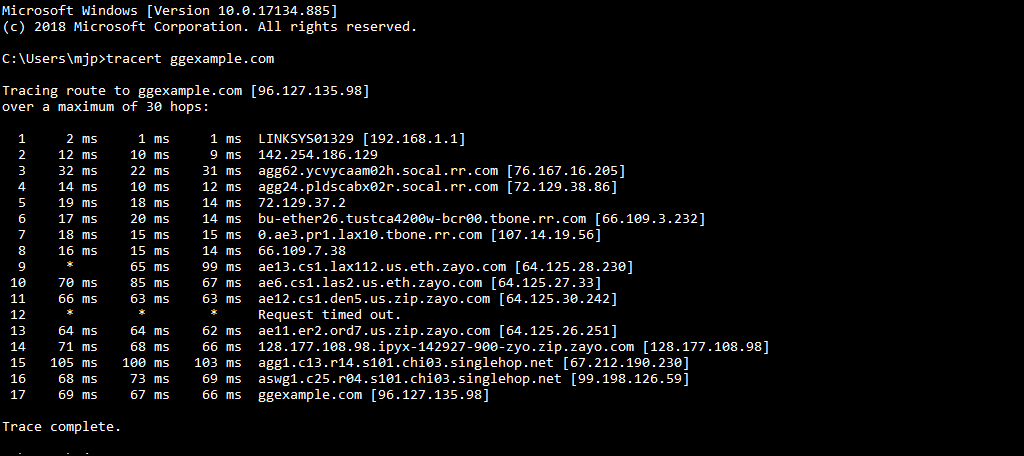
Once downloaded, you will have a disc image to load onto your USB drive. If you are using a Core i5 or better Mac, you will want to download the 64-bit edition to maximize your hardware. You may download Ubuntu, Desktop or Server and 32-bit or 64-bit versions, from the Ubuntu website. Ubuntu is a free, open-source operating system, as are many of the other variants of Linux. Nowadays, the same is possible with a USB drive with at least 2GB of storage. This was a low-cost way for new users to test out Linux and sample a few different distros. In the heyday of disc-based media, a Linux distribution (distro) could run from a CD in its full glory. The minimum recommended by Ubuntu is 5GB though you'll be left with very little space for files and applications. Use the + button in the lower left-hand corner of the partition map to add some space for your Linux partition. Once you're satisfied, click Apply to let Disk Utility create a space for Ubuntu. You can then resize it by dragging the lower right hand corner of the partition square or by typing a specific amount of gigabytes into the textbox.


At the bottom, click the + (plus) button in the lower left-hand corner and then name your new partition. Tip: OS X prevents you from splitting it beyond two partitions, so if you already have a boot camp installation or you want to triple-boot OS X, Windows, and Linux, you will need to wipe the drive, create your three partitions, and then reinstall OS X followed by your other two OS variants.įirst, select the top-level drive in the left-side menu, and then click the Partition tab.


 0 kommentar(er)
0 kommentar(er)
